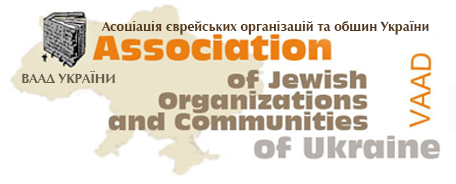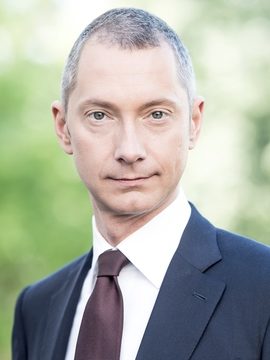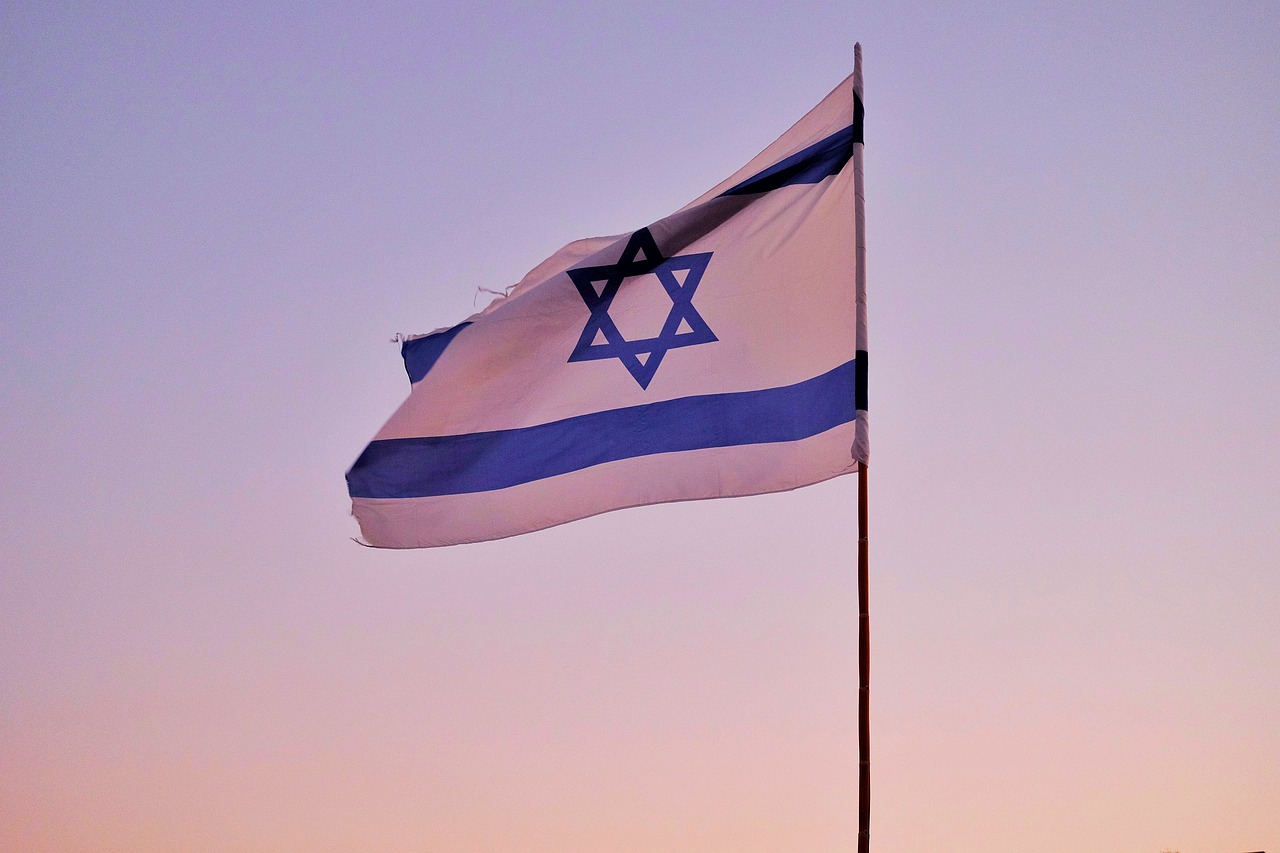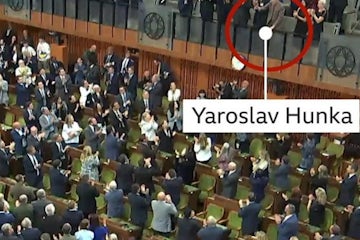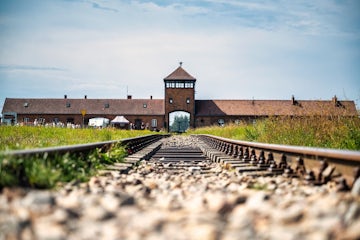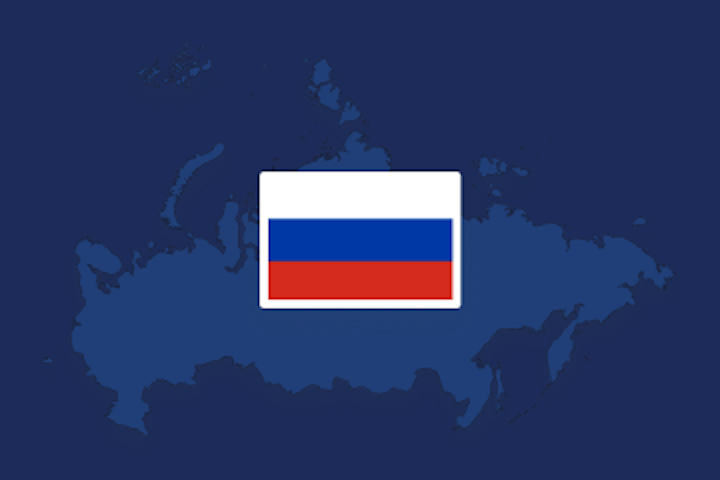All streams of Judaism in Ukraine have formed religious unions in an effort to organize Jewish religious life in the country. The orthodox communities are organized under the umbrellas of Chabad Lubavitch, which consists of 123 registered communities, the Association of Judaic Religious Organizations of Ukraine, which consists of eighty-four communities, and the All-Ukrainian Congress of Judaic Religious Communities, which consists of thirteen registered communities.
Followers of Reform Judaism have their own organization – the Religious Association of Progressive Judaism Congregations of Ukraine – which is comprised of fifty-one registered congregations. The other twenty-six officially registered religious communities do not belong to any all-Ukrainian union, and act independently. There are a few notable communities of Skver, Braslav and other Chasidim in Ukraine. The Conservative Movement is active in Chernivtsi, Berdichev, Kyiv and other cities.
Since 1990, Yaakov Bleich has served as the Chief Rabbi of Kyiv and Ukraine, having been appointed by his Karlin-Stolin community. Since his arrival in Ukraine, Bleich has been instrumental in founding the Kyiv Jewish City Community, the Union Of Jewish Religious Organizations of Ukraine, the first Jewish day school in Ukraine, the first Jewish orphanage and boarding school in Ukraine, the Chesed Avot welfare society of Kyiv, the Magen Avot social services network of Ukraine, and a host of other organizations.
Kosher food is available in regions with a Jewish population, such as Kyiv, Kharov, Dnepropetrovsk and Odessa.

